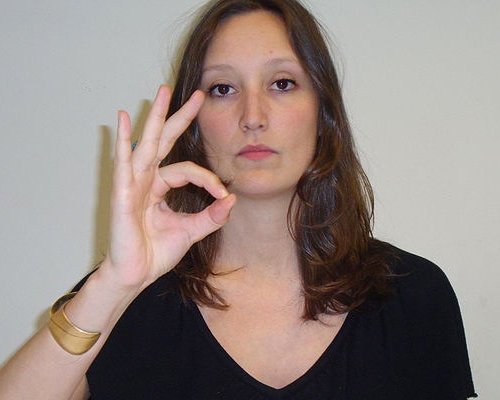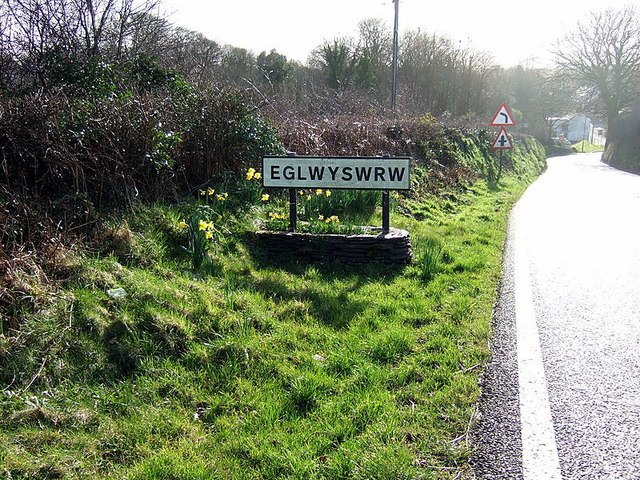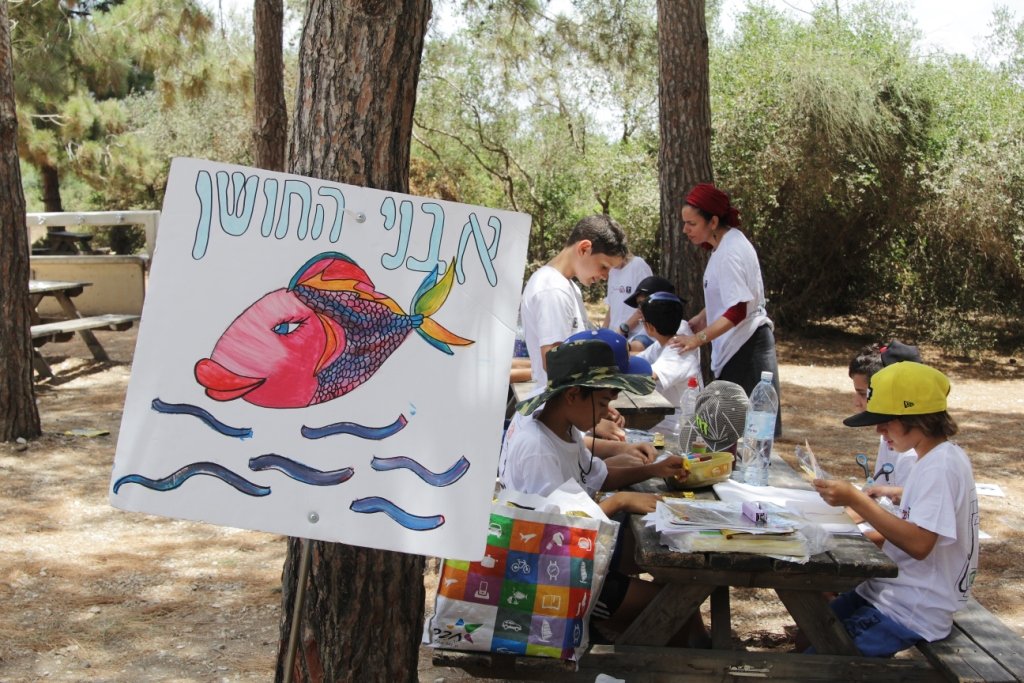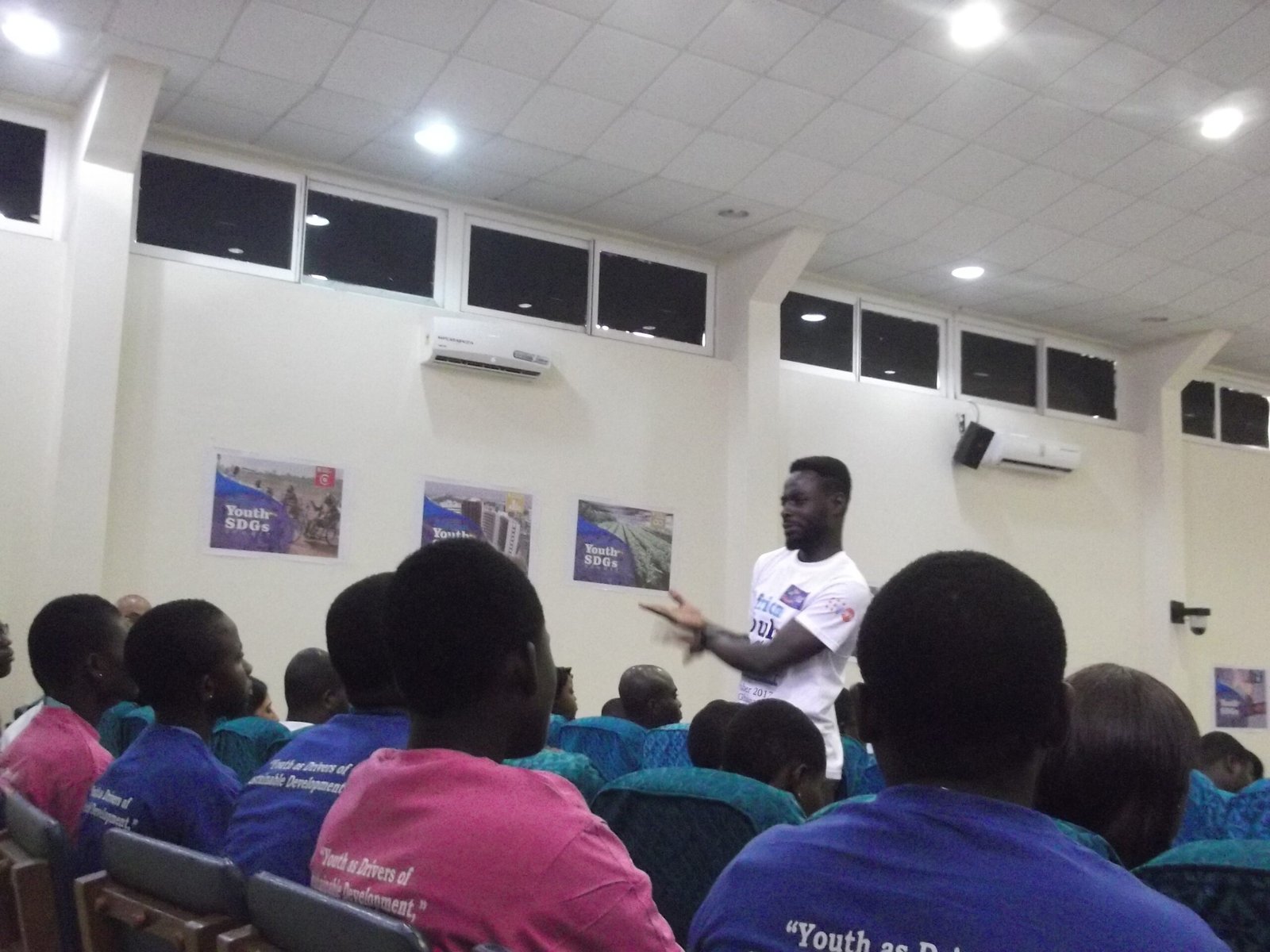Imagine a world where spoken words simply won’t do—a world where silence gives birth to a new language, shaped not by sound, but by movement, gesture, and shared understanding. Across the globe, in the quietest corners and most unexpected places, entire communities have created their own sign languages from scratch. These are not copies or translations of existing languages, but living, breathing systems built out of necessity, creativity, and human connection. The story of how sign languages developed independently in isolated communities is not just about communication—it’s about the unstoppable human drive to connect, to belong, and to be understood.
The Universal Need for Communication

Humans are innately social creatures, wired to seek out connection. When spoken language fails—whether due to deafness, isolation, or cultural barriers—people naturally invent new ways to share ideas. In isolated communities, especially those with a high incidence of congenital deafness, the need to communicate becomes a powerful driving force. Families, friends, and neighbors begin to gesture, point, and mime, slowly crafting a shared visual language that evolves over time. This creative process isn’t limited to a single culture or region; it’s a universal testament to our need for understanding and belonging.
From Gestures to Language: The Birth of a New System

What starts as simple gestures often blossoms into something far more complex. In the earliest stages, people might rely on iconic signs—movements that resemble the action or object they describe, like miming drinking from a cup. But as conversations grow more nuanced, so do the signs. Communities gradually develop grammar, consistent rules, and even abstract signs that have no visual resemblance to their meaning. This transformation from improvised gesture to full-fledged language is nothing short of astonishing, demonstrating the human brain’s natural talent for building structure from chaos.
The Famous Case of Martha’s Vineyard Sign Language

One of the most remarkable examples comes from Martha’s Vineyard, an island off the coast of Massachusetts. In the 18th and 19th centuries, an unusually high rate of hereditary deafness led to the spontaneous creation of Martha’s Vineyard Sign Language (MVSL). Unlike most places, both deaf and hearing residents on the island used MVSL in daily life, whether in homes, schools, or at the local store. This sign language grew so integrated into the community that being deaf was not seen as a disability; it was just another way of being. MVSL is a shining example of how a new language can thrive when a community embraces inclusivity.
Nicaraguan Sign Language: Language Emerges Before Our Eyes

In the late 20th century, a group of deaf children in Nicaragua made linguistic history. With no formal sign language to learn from, these children began inventing their own signs at a special education school. Over just a few years, these individual gestures merged into a new, complex language called Nicaraguan Sign Language (NSL). Linguists marveled as they watched NSL evolve in real-time, offering rare insight into how language forms from the ground up. NSL is often described as a living laboratory for understanding the origins of language itself.
Village Sign Languages: Hidden Treasures Around the Globe

Martha’s Vineyard and Nicaragua are not alone. All over the world, isolated villages have birthed their own sign languages, often unknown to outsiders. In Bali, Indonesia, the village of Bengkala has its own sign language used by both deaf and hearing residents. Similarly, in Ghana, Adamorobe Sign Language emerged in response to a high rate of hereditary deafness. These “village sign languages” are precious windows into the adaptability and resourcefulness of human societies, where necessity becomes the mother of invention.
Shared Features and Striking Differences

Even when developed independently, sign languages often share remarkable similarities. Many use space, movement, and facial expressions to convey meaning, and develop complex grammar structures over time. Yet, each sign language also reflects the unique culture and environment of its community. For example, signs for local plants, animals, or daily tasks might be completely different from one village to another. This balance of shared features and striking differences highlights both the universality and diversity of human language.
The Role of Children in Language Creation

Children play a starring role in the birth of new sign languages. When young people grow up surrounded by a mix of gestures from adults, they instinctively systematize and expand the language. Their minds are especially adept at spotting patterns and creating new rules. In the case of Nicaraguan Sign Language, it was the youngest children who transformed a loose collection of signs into a coherent language with consistent grammar. This phenomenon, known as “language nativization,” shows just how crucial youth are in the evolution of communication.
Scientific Insights: What Sign Languages Teach Us About the Mind

The independent emergence of sign languages in isolated communities has opened new doors for science. Linguists and cognitive scientists study these languages to understand how grammar forms, how meaning is conveyed, and how the human brain processes language. The fact that sign languages develop spontaneously—complete with syntax, verbs, and tenses—proves that language is not tied to speech alone. It exists in the mind, ready to take shape in whatever form is needed.
Challenges and Preservation of Isolated Sign Languages

While these unique sign languages are treasures of human ingenuity, many face challenges in the modern world. As communities become less isolated and national sign languages spread, village sign languages can fade away. Preservation is crucial—not just for the deaf community, but for linguists searching for clues about language evolution. Documenting these languages, teaching them to new generations, and celebrating their cultural value are vital steps to keeping them alive.
The Irresistible Power of Human Connection
The independent creation of sign languages in isolated communities is a testament to the power of human connection. Even in the absence of sound, people find ways to share stories, express love, and navigate daily life. These languages remind us that communication is not about the medium—it’s about the message, the emotion, and the deep-seated need to be understood. When people come together, no barrier is too high, and no silence too deep, for language to be born.
What These Stories Reveal About Us All
The stories of Martha’s Vineyard, Nicaragua, and countless villages around the world reveal something profound about human nature. We are inventors, collaborators, and survivors. When faced with challenges, we don’t just adapt—we innovate. The rise of sign languages in isolated communities shows that language is a living reflection of our creativity, resilience, and longing to reach across the divide. What other hidden languages might be waiting to be discovered, and what stories could they tell?




